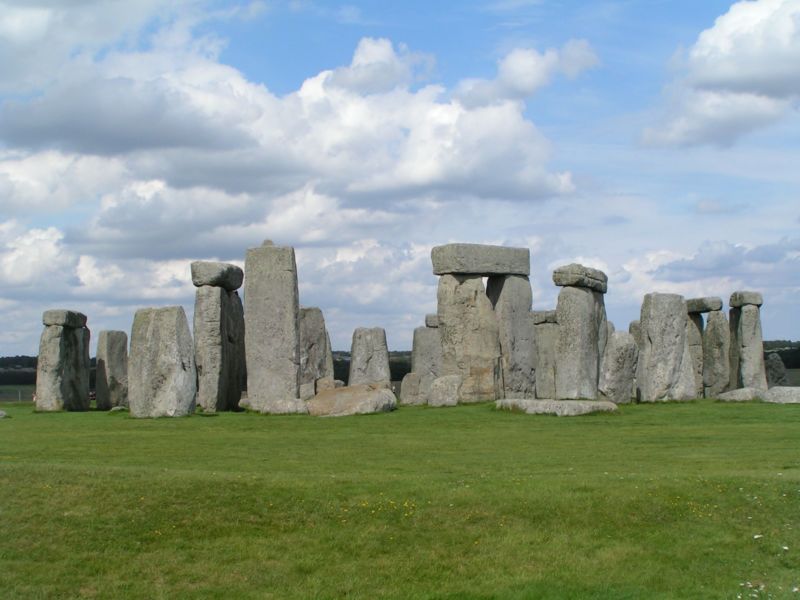Did Stonehenge builders use pig grease to help slide megaliths into place?

Enlarge / Feasts at nearby Durrington Walls drew attendees from all over Britain. (credit: Stefan Ki1/4hn / Wikimedia)
For several centuries, modern people have been trying to figure out how prehistoric farmers in southern Britain moved multi-ton blocks of stone into a pair of concentric circles at Stonehenge. Chemical studies on the stones have revealed their origins: the smaller bluestones hailed from two quarries in Wales, and the larger sarsen stones came from 30km north of Stonehenge.
We still don't have direct evidence of the engineering behind the famous prehistoric monument, but one popular idea suggests that people dragged the stones on wooden sleds, using pig grease to make the sleds easier to move. A new look at potsherds from a nearby village may lend some support to the idea, but it's still not direct evidence.
Pigging out at StonehengeDurrington Walls, a large village near Stonehenge, often hosted feasts associated with ceremonies at the nearby stone circle. Microscopic traces of ancient fats left behind on potsherds provide some clues about what people ate at those feasts. Animal fats are all pretty similar, but each species has its own unique set of molecules (called lipids), which make it possible to tell which animal an organic residue came from. More than a third of the pots at Durrington Walls had held mostly pig fat.
Read 17 remaining paragraphs | Comments